Last Updated on July 6, 2018
We, a group of seven, had decided to undertake the 18 km up and down Kudremukh monsoon trek to get ourselves inspired for a longer trek – the 53 km long Roopkund trek in the Himalayas. To read about our Roopkund Chronicles, click here.
![Kudremukh range [photo courtesy Nithin PM] Kudremukh range [photo courtesy Nithin PM]](https://travellenz.in/wp-content/uploads/2015/06/nithin1a.jpg)
We had been walking through the slush for over five hours now. Wading would have been the ideal word. A sudden spell of bizarre weather had turned the undulating verdant green hills into a booby trap.
Bizarre weather!!! So what else would you expect in a place which has an annual rainfall of around 7000 mm in the monsoon season? Incessant rain, incessant rain, and incessant rain. It was impossible to stand at one place for more than one second without your shoes sinking into the mud; if you stood for two seconds, a couple of leeches would sink their fangs into your skin. Our trail looked no more like a trail. The chunks of mud on the trail had caved in and were flowing over my right shoe. And my left shoe? I had lost my left shoe, a couple of hours back, when I fell into a stream while crossing it. My backpack was wet and it seemed to be getting heavier every minute. But I was more worried about our phones which had taken the brunt when I fell into the stream.
Kudremukh Sanctuary
The Kudremukh sanctuary stretches into the districts of Udupi, Uttara Kannada, and Chikmagalur and gets its name from its one peak that resembles the face of a horse. Did we did start off on the wrong foot? I guess so, because I ended with a lost shoe, a few dead phones, a dozen leech punctures and seven worn out trekkers.
To Kudremukh
The previous day we had caught a Horanadu bound KSRTC bus from Bangalore. We were to get down at Kalasa from where we were to be picked up by a jeep till Mullodi village. The jeep was arranged by our guide and host, Raje Gowda (Rajappa) who runs a guest house – the Mullodi House. He was to also arrange for our forest permits, breakfast, packed lunch for the trek, and our stay for the night at the Mullodi House. The Kudremukh trek starts from the village of Mullodi.
and a breakdown
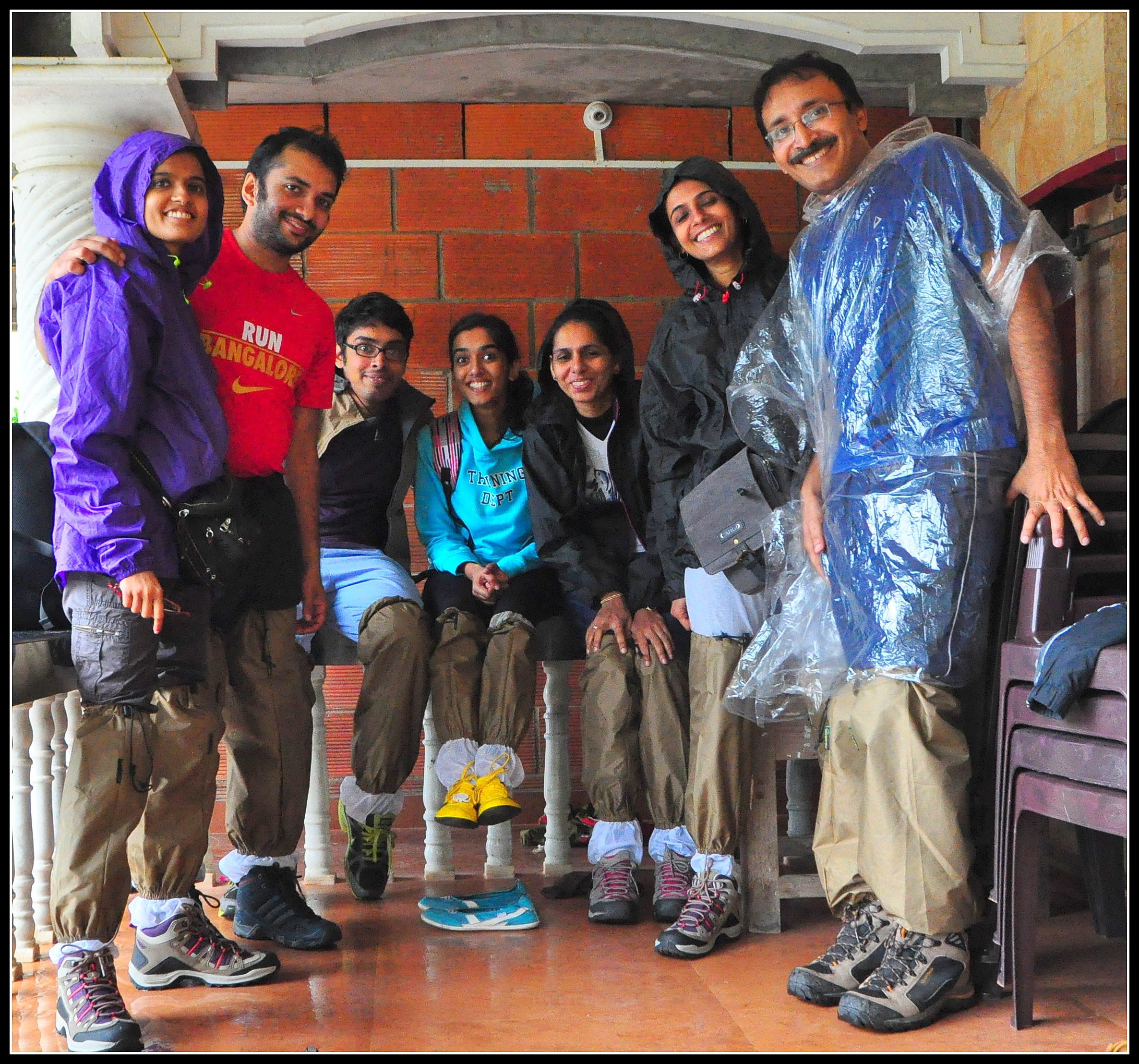
On our way
By 10.00 am we were on our way. We were accompanied by a guide. The initial exercise was to climb a heavily stony muddy trail. The rain had made the path slippery.

In another 15 minutes, we had come face to face with our first glimpse of the Kudremukh range.
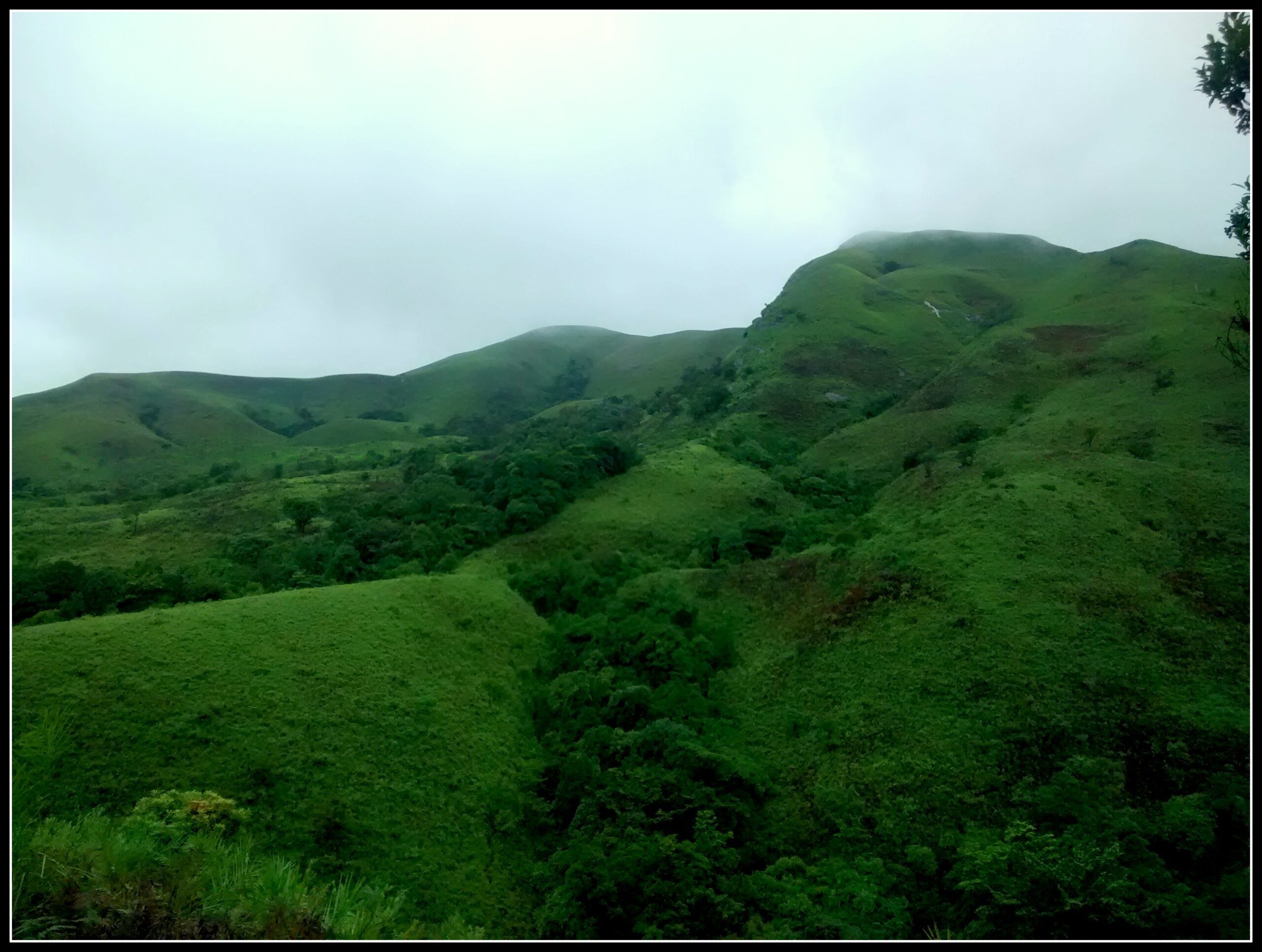
We passed a meadow where we saw a huge single tree – which we later came to know was called the Ottimara (the lone tree). Deep down in the valley, we could see a fast-moving stream.
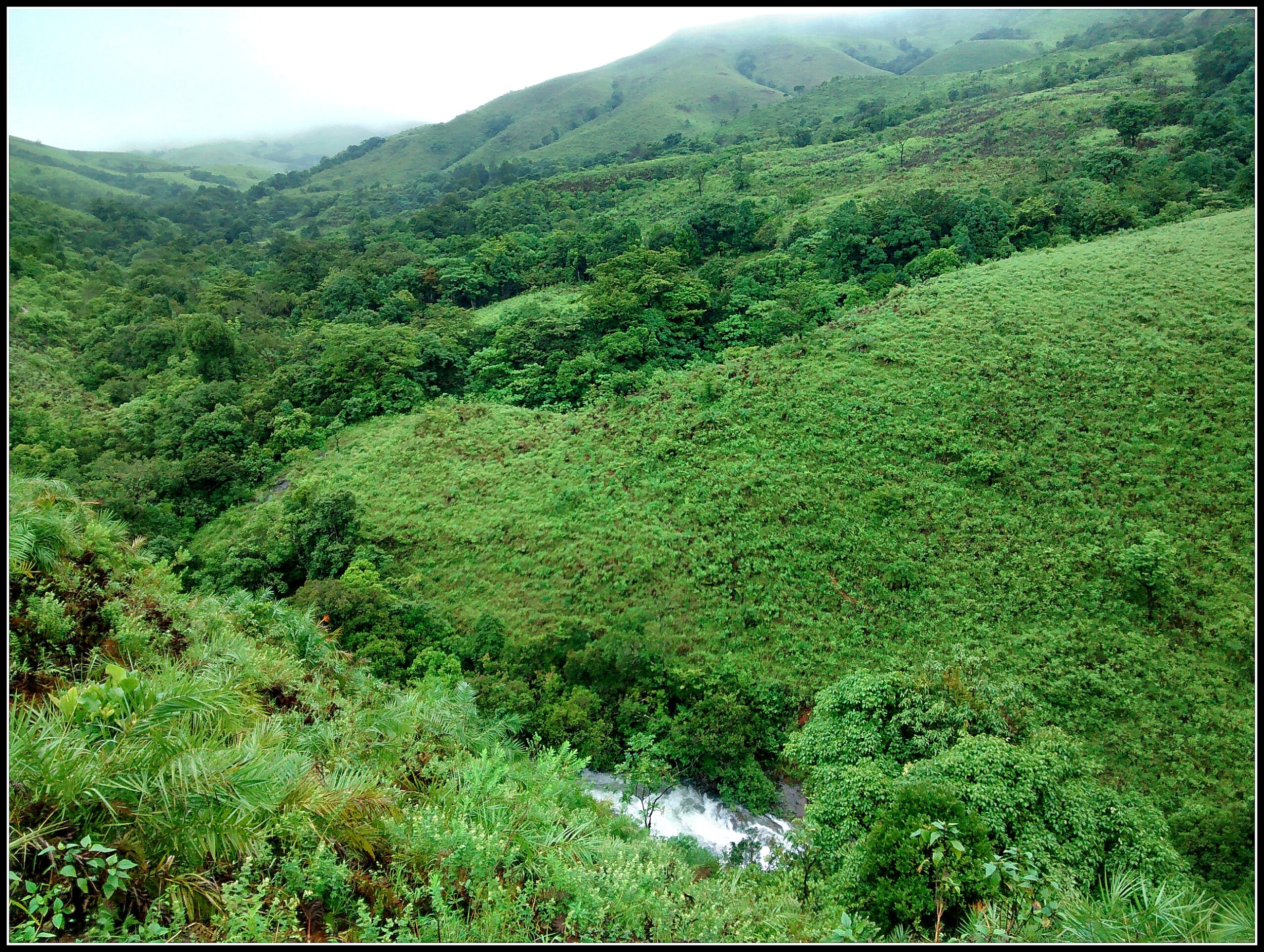
In about 10 minutes we reached our first stream crossing. It was not deep and we could cross it with a little help from our guide. We kept flicking off leeches from each other’s clothes. We passed through Shola forests, jumped over dead tree logs, continued disengaging leeches and kept crossing streams.
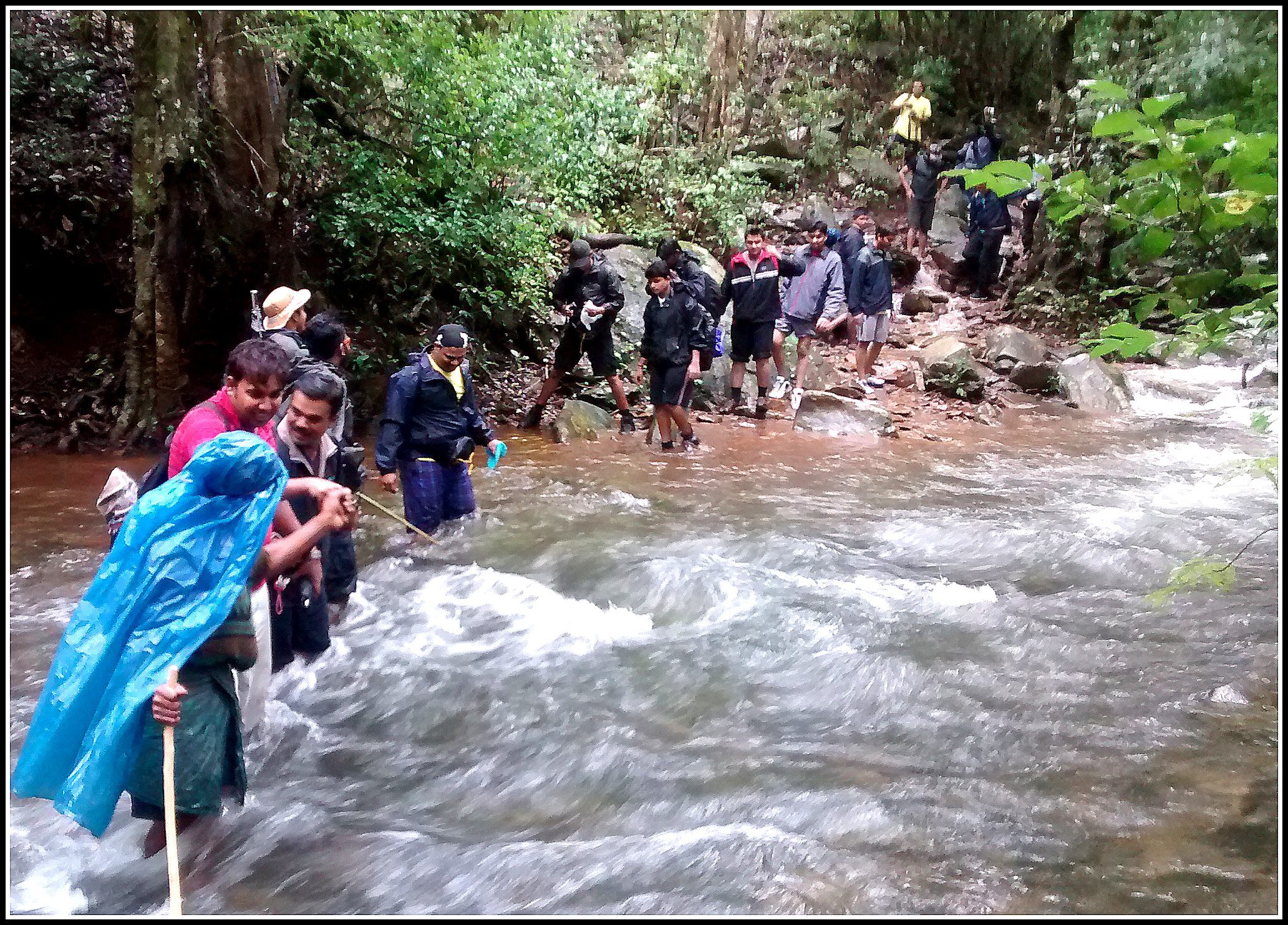
Losing a shoe
One stream was particularly wide and it looked like a confluence of two streams. The flow was very strong and it was as if I was losing strength from my legs. I had only reached the middle of the stream when calamity strikes. The flow overpowered me and I fell into the water. Our guide caught hold of me and pulled me up, it was then I realised that I had lost my right shoe.
Our guide did his own investigation and went to see whether my shoe had miraculously lodged against a stone or a hanging tree branch or root. It was nowhere to be found.

No one would entertain the thought of walking around with just one shoe on. Not only would it be really funny, it would also be really bad for my feet. And I would have slowed down my fellow trekkers as well. So how was I supposed to continue with my trek on this muddy path? Should I turn back and walk the 3 odd kilometres we had just walked from the base camp or should I just sit it out in the jungle and wait for the other trekkers to get back.
… and finding a lone sole
I have often come across abandoned footwear – a lone boot, a slipper or a shoe – in the most out-of-the-way places like historical monuments, ponds, or by the side of roads. I have often wondered about these ‘Cinderellas’ who kept tossing their shoes. But now we were all frantically looking for a ‘lost sole’. How I wished I could find one abandoned shoe. If anyone had abandoned their footwear – in any shape, condition or colour – I would jump for it and wear it. And voila, there lay the answer to my prayers. An abandoned sole! I had my leech socks on, under which I was wearing thick woollen socks. I removed them both, placed the sole under my feet, wore the socks over it and finally slipped on the leech socks. Something was definitely better than nothing.

We now came to a small hill. The steep zig-zag climb up the hill took us to some height and provided a panoramic view of the surroundings. I felt really bad as we had all stopped admiring the views by now. On one side was a cascade of hills covered with lush green grass, interspersed with shola forests. The Kudremukh peak was high up there with its sharp drop on one side and the other side resembling a horse’s face.
A hard decision
There were a few more streams to cross and I was now finding it a bit difficult to balance myself with that slippery sole. Exposure to the cold water was giving me cramps as well. We must have been a kilometer and a half away from the summit when it started to rain heavily. Water came pouring down the mud trail and it was difficult to walk on the mud. Peering out of the modest shelter of my raincoat, I asked the green hills, “Is this how you welcome enthusiastic trekkers?” The retort comes in the form of another spell of cold showers. Exhausted, I soldiered on.
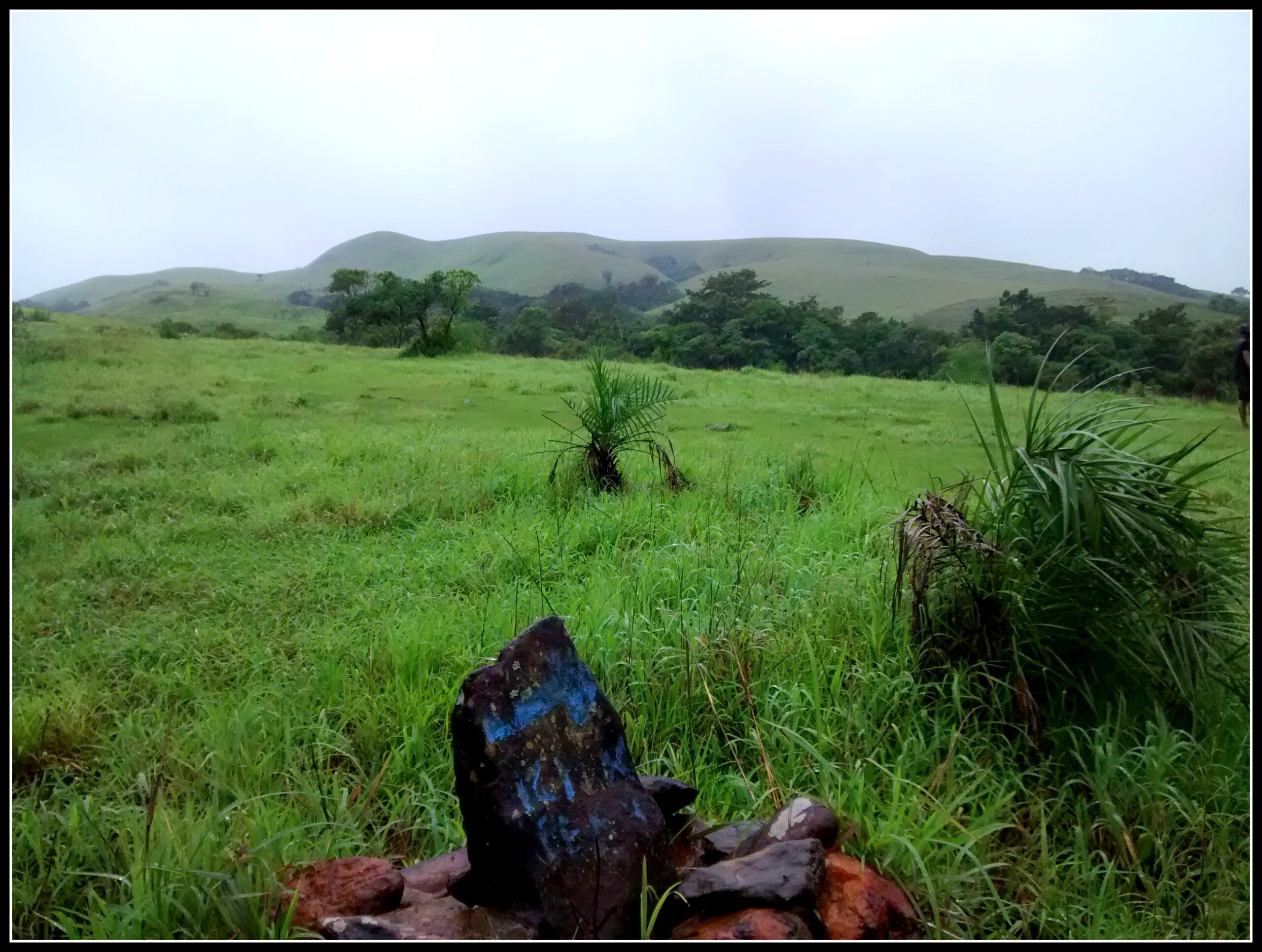
Our guide mentioned that if it continued to rain like this the streams would rise with the increased flow of rain from the mountains. We finally decided to turn back.
![Crossing streams [Photo courtesy Nithin PM] Crossing streams [Photo courtesy Nithin PM]](https://travellenz.in/wp-content/uploads/2015/07/10580107_10152294923586378_7423660829425843858_na.jpg)
![Green trails [Photo courtesy Nithin PM] Green trails [Photo courtesy Nithin PM]](https://travellenz.in/wp-content/uploads/2015/06/nithin2a.jpg)
Leeches
We reached back at 5 pm. I removed my left leech socks – pretty much shredded by then – from my shoeless foot and found three leeches hanging on. I sprinkled salt and watched the leeches fall off lamely, but the blood kept flowing on for the next couple of hours.
It did not take a huddle for us to decide to check out from Mullodi village and go in search of another hotel closer to civilization. We spend the next day tending to our leech punctures, our wet phones, and our exhaustion.
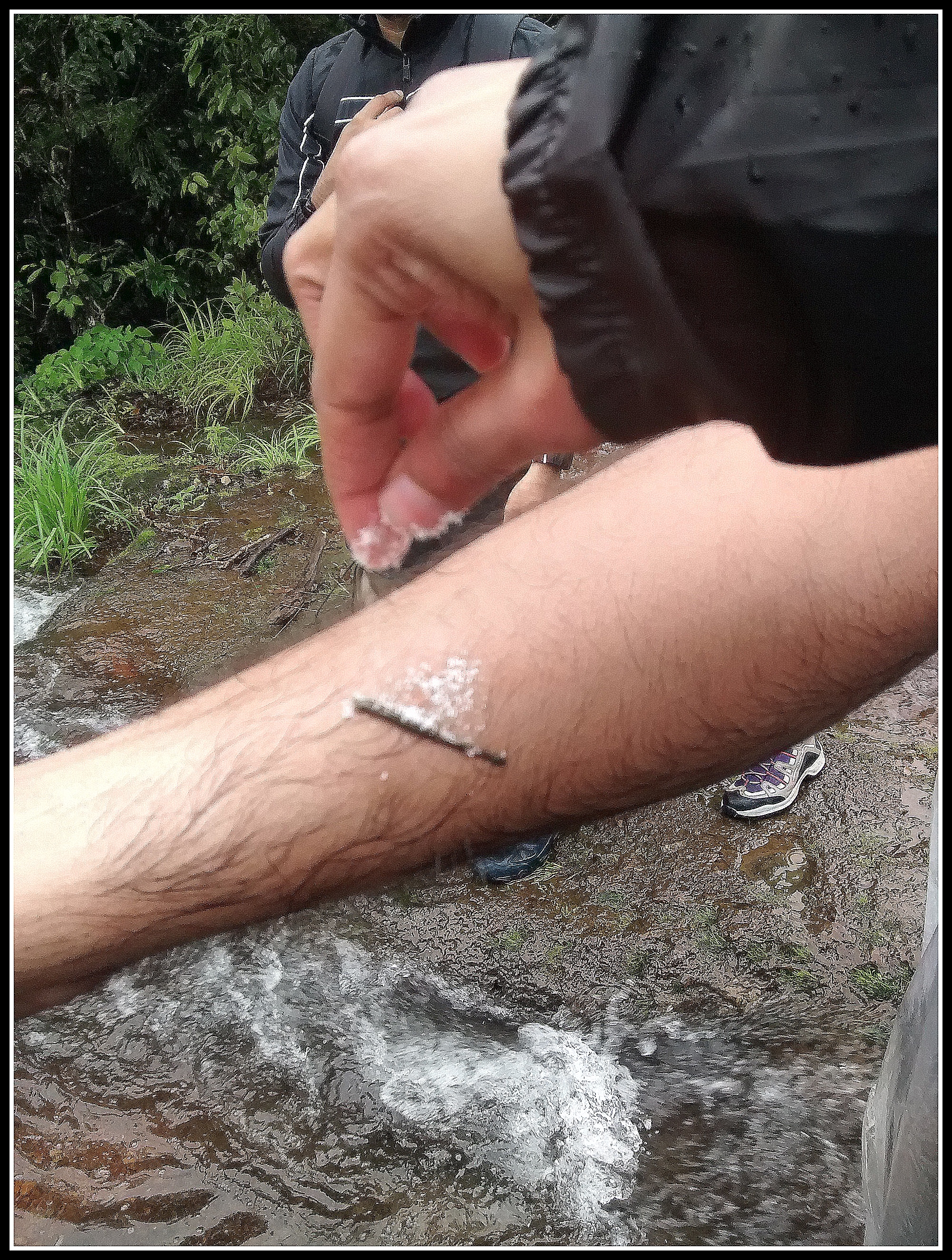
Kudremukh receives an average annual rainfall of 7,000 mm. The wet climate and the tremendous water retentive capacity of the grasslands and forests has led to the formation of thousands of perennial streams in the region converging to form three major rivers of the region – Tunga, Bhadra and Nethravathi – that form an important lifeline for the people of Karnataka and Andhra Pradesh, providing sustenance and livelihood to the millions of people living downstream.
Best time visit
For trekking enthusiasts, if the idea of a monsoon trek appeals to you, you won’t mind the odds – the incessant rains, paths paved with slush, umpteen stream crossings, leeches unlimited and some seriously wet gear. Then head out to Kudremukh in the rains, between June and August.
For those not too keen on a monsoon trek to Kudremukh, October to February promises cooler weather, fewer leeches, clear views of the rolling hills, verdant valleys ….. and intact shoes and dry phones, of course!
![Verdant Kudremukh hills [Photo courtesy Nithin PM] Verdant Kudremukh hills [Photo courtesy Nithin PM]](https://travellenz.in/wp-content/uploads/2015/06/nithin3.jpg)
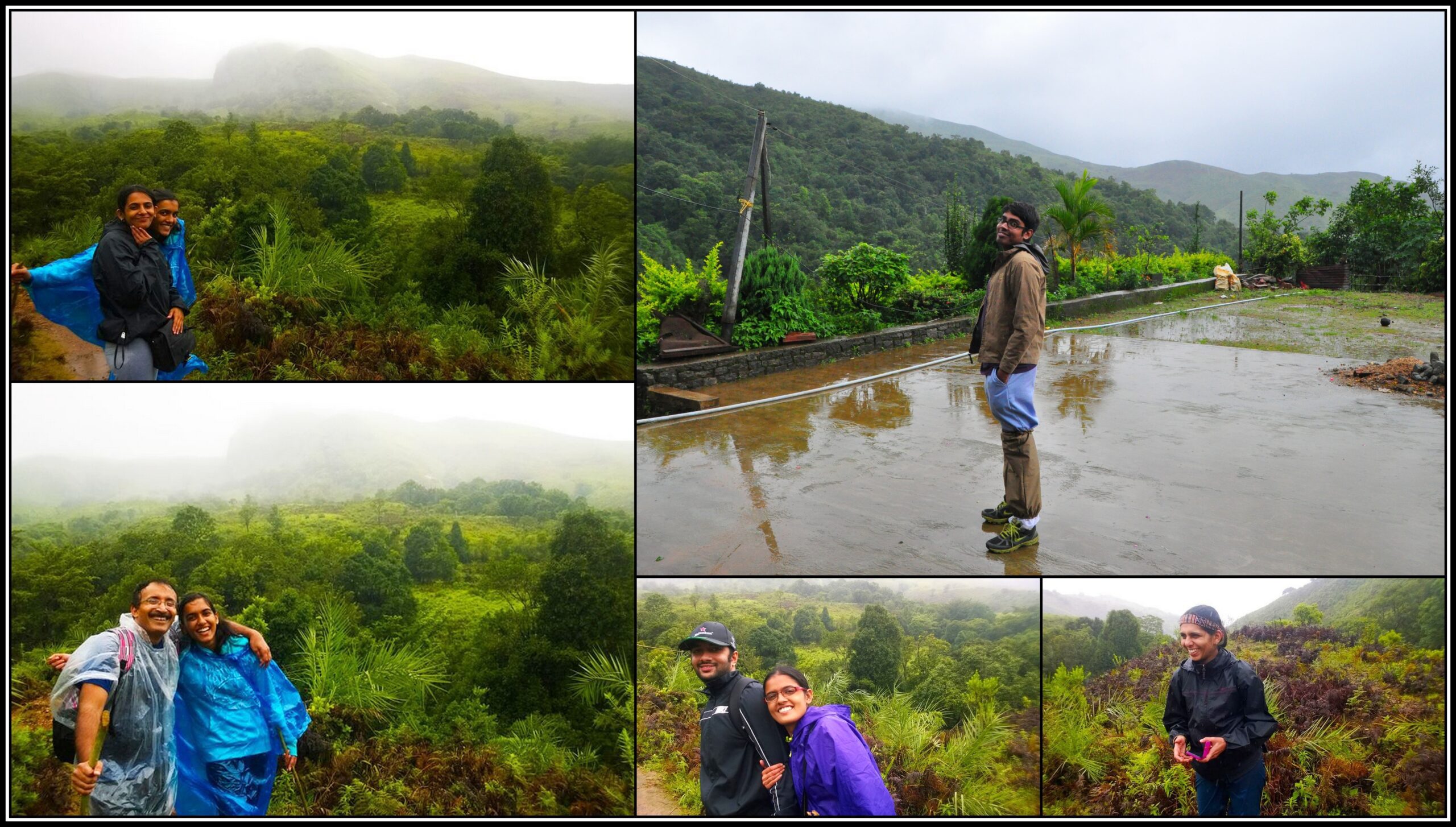
Now the million dollar question…. Did this trek inspire us to answer the call of the mightier Himalayan mountains and the Roopkund trek et al? It did….at least, I did buy a brand new pair of shoes – ankle-high ones. For more on the Roopkund travails, stay tuned…


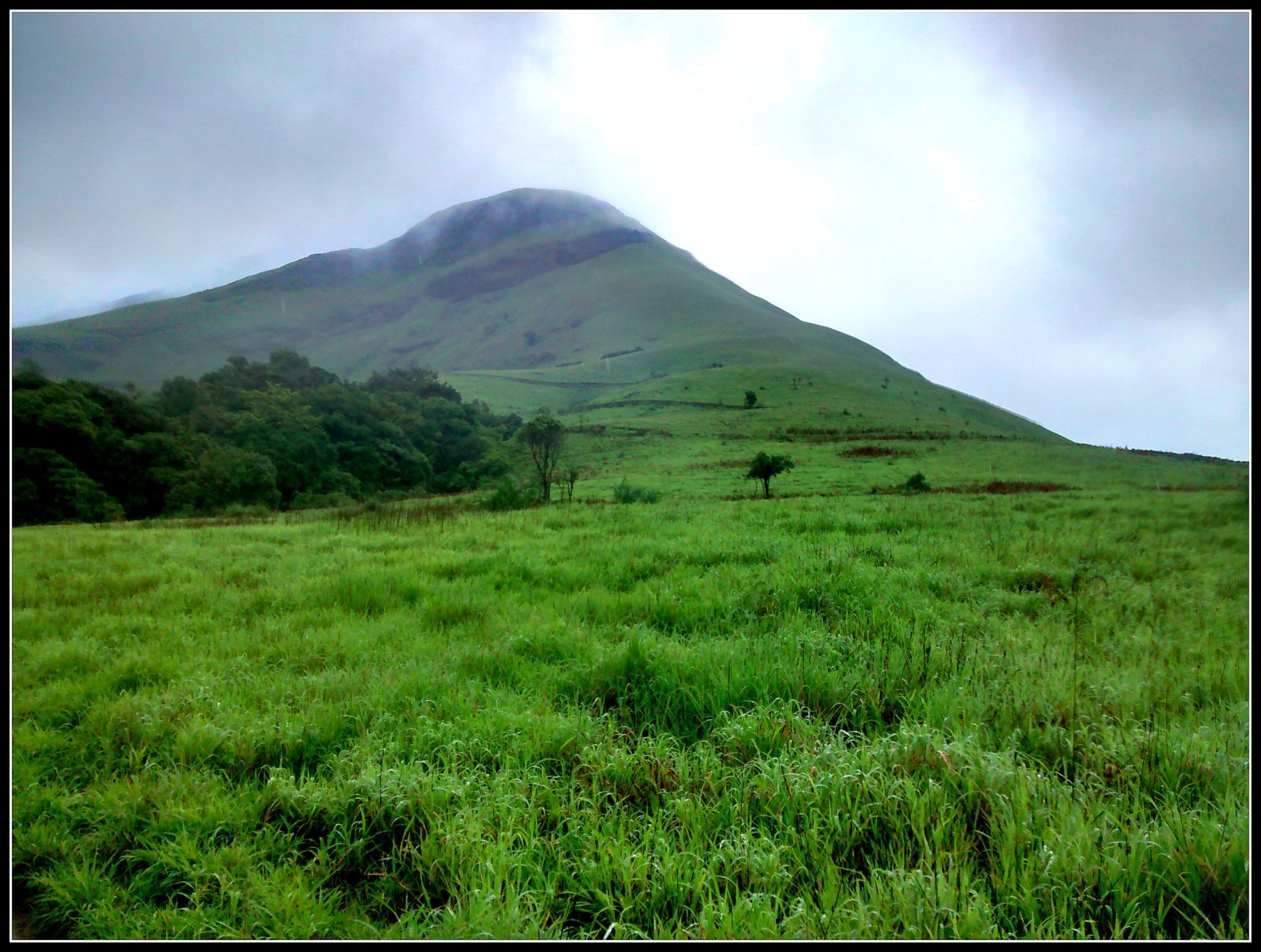
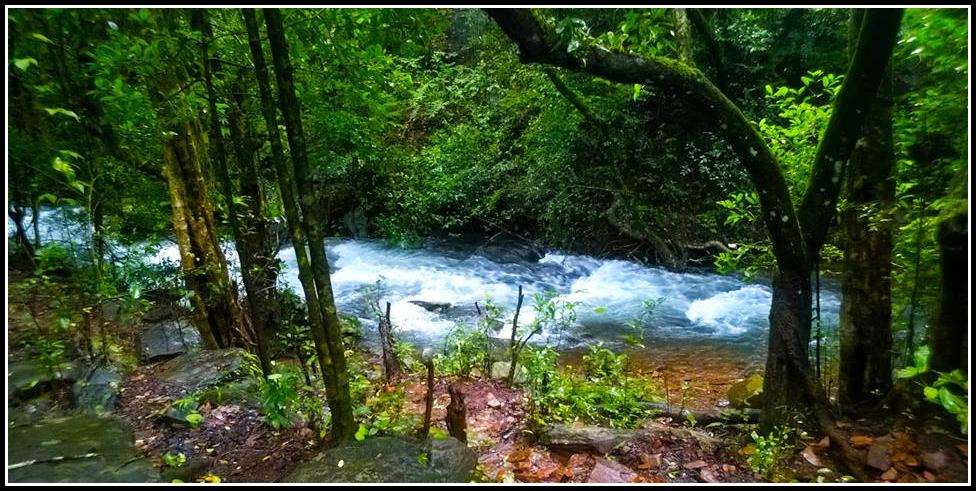



7 Comments
I had a similar monsoon trek experience in Tadiyandamol. Heavy rains and my DSLR conked off. I would still go for a monsoon trek with rains and leeches, sans my camera.
Mmm rain and cameras do not go hand in hand. I guess, once in a while we should all let go of the camera and just enjoy.
Good write up. I liked the improvisation done on the shoe.
Thanks Sachin. It was a do or die situation….had to come up with an improvisation.
Nice log n beautiful pictures… Kudremukh, a place I ve been planning the last three years, still awaits..
Thanks Sudersan. Hope you get to go to Kudremukh soon.
thanks!!! hopefully soon!